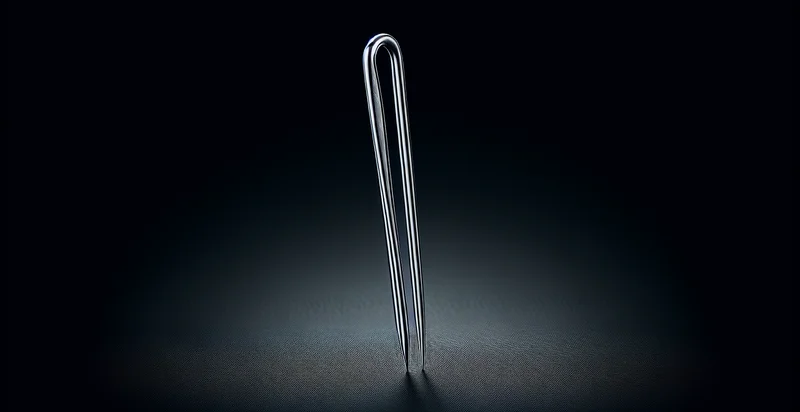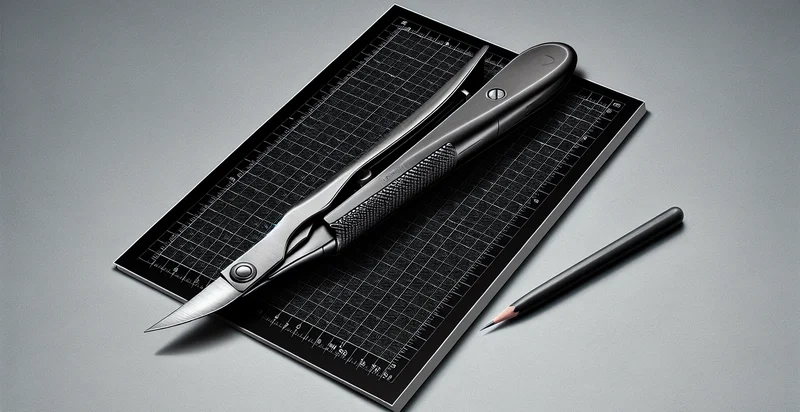Identify if an object is used
using AI
Below is a free classifier to identify if an object is used. Just upload your image, and our AI will predict if an object is used - in just seconds.

Contact us for API access
Or, use Nyckel to build highly-accurate custom classifiers in just minutes. No PhD required.
Get started
import nyckel
credentials = nyckel.Credentials("YOUR_CLIENT_ID", "YOUR_CLIENT_SECRET")
nyckel.invoke("if-an-object-is-used", "your_image_url", credentials)
fetch('https://www.nyckel.com/v1/functions/if-an-object-is-used/invoke', {
method: 'POST',
headers: {
'Authorization': 'Bearer ' + 'YOUR_BEARER_TOKEN',
'Content-Type': 'application/json',
},
body: JSON.stringify(
{"data": "your_image_url"}
)
})
.then(response => response.json())
.then(data => console.log(data));
curl -X POST \
-H "Content-Type: application/json" \
-H "Authorization: Bearer YOUR_BEARER_TOKEN" \
-d '{"data": "your_image_url"}' \
https://www.nyckel.com/v1/functions/if-an-object-is-used/invoke
How this classifier works
To start, upload your image. Our AI tool will then predict if an object is used.
This pretrained image model uses a Nyckel-created dataset and has 2 labels, including Unused Item and Used Item.
We'll also show a confidence score (the higher the number, the more confident the AI model is around if an object is used).
Whether you're just curious or building if an object is used detection into your application, we hope our classifier proves helpful.
Related Classifiers
Need to identify if an object is used at scale?
Get API or Zapier access to this classifier for free. It's perfect for:
- Inventory Management: This function can be employed in retail settings to automatically identify used items in inventory. By detecting objects that show signs of wear or signatures indicating past usage, businesses can manage stock levels and plan for restocking more effectively.
- E-commerce Quality Assurance: E-commerce platforms can integrate this function to classify and flag used items in product listings. This ensures that sellers properly represent their products, enhancing customer trust and reducing the chances of returns due to undisclosed item condition.
- Rental Asset Tracking: Companies that offer rental equipment can utilize this function to identify and track items that are currently in use. This helps in maintaining accurate records of rental transactions and scheduling equipment maintenance based on usage patterns.
- Secured Waste Management: In waste management, this function can identify objects that have been previously used and are now being disposed of. This information can assist in recycling efforts by ensuring proper sorting of materials based on their prior usage, leading to more sustainable practices.
- Second-hand Market Analysis: Platforms that facilitate the buying and selling of second-hand goods can use this functionality to determine the condition of items. By accurately identifying used products, the platform can provide better insights and valuations, improving buyer and seller experiences.
- Quality Control in Manufacturing: Manufacturers can implement this function in their quality assurance processes to inspect products for signs of usage before they are shipped to customers. This can significantly reduce the risk of returns and complaints related to product quality.
- Thrift Store Operations: Thrift stores can leverage this classification function to streamline their inventory tracking and pricing strategies. By identifying used items, staff can better categorize products, optimize shelf space, and set competitive prices reflecting the condition of the goods.


